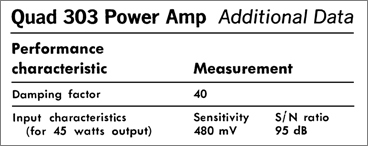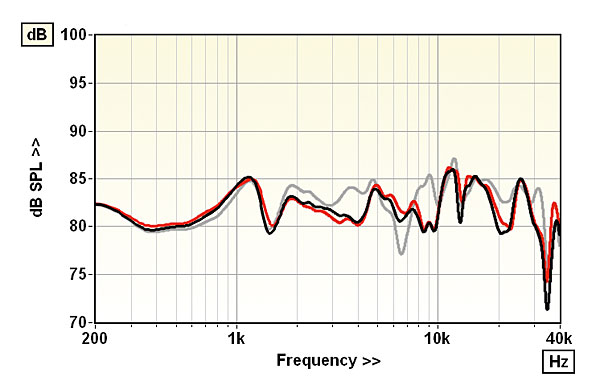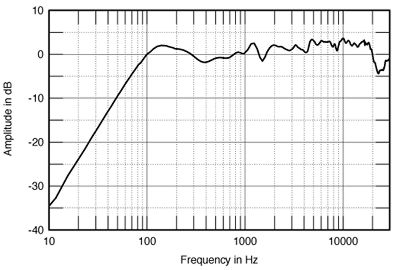I may find it difficult to be impartial here, but it might be useful to put the cards on the table first. I worked in the BBC for 35 years as a sound mixer, sound editor etc. A large part of my life was in Outside Broadcasts trucks (small vans really -
Commer FC Van ) using the supplied 3/5a as my daily speaker. The ear to speaker distance was about 3 feet max and the speakers were normally mounted with their backs towards the rear doors of the vehicle with the mixer/operator facing the rear - there was no sound deadening, only a simple cloth curtain to pull across the doors at the back.
The design brief of the LS 3/5 was to match where possible the mid-range sound of the BBC's larger 'studio' speakers such as the LS 5/5 and later LS 5/8 and the larger Outside Broadcast speaker in use, the LS 3/7. As DSJR has pointed out the amplification was either Quad 50D, Quad 303 or the HH mono amps. It's important to note that the equipment was left in the van in all conditions, never removed, no matter what the temperature or humidity was doing and travelled on the wall mounts in position (never buy a secondhand BBC 3/5a). There is some thought that the decision to use a plastic (Bextrene) for the B110 cone was the alleviate some of the problems with humidity and temperature found in a paper cone based driver. Because swapping out a spare from stock was a possibility, keeping minimum variation in production samples was essential as it was impractical to rely on 'matched pairs' coming from stores when out on the road. For that reason, production tolerance was part of the BBC Spec for the 3rd party companies.
Its primary role was to monitor speech or dialogue based audio intended for FM reproduction (15kHz bandwidth) with a restricted dynamic range of about 20dB - most speech if manually mixed was only 10dB or so. I was told informally that the reason for the bass 'bump' was to make it easier to identify mic plosives, bumps & wind noise rather than give an illusion of extended low frequencies on music. So yes, they were 'posh' Auratones.
The bextrene and surround will have aged with time - there is a known problem with cone sag, the BBC used to have a maintenance schedule to rotate the drivers through 180º every few years. The dampening dope applied to the cone also ages - can change colour to white too. Who knows was the caps in the crossover measure now.
In the case of the reviewed 3/5a, there is no way it is still going to be near it's original designed spec, so it has to be reviewed like buying a secondhand car - not even a restomod. It also very likely that the original design spec does not tally with today's requirements or tastes too.
What
@amirm is doing is reviewing a 40 year old speaker and seeing how it stacks up against modern competition - a bit like comparing a late 1970's GP car against today's Red Bull of Max Verstappen. Both have four wheels and an engine and go around a race track. You would still have to pay a significant amount of money for Jody Scheckter's Ferrari 312T even though the Red Bull RB19 will be significantly quicker.
I'm sure the original members of the BBC Loudspeaker Design committee would be having a chuckle at this discussion though what they did at the time was very serious and ground breaking. I was on the distribution list for the minutes of the committee and some of the minutiae and detail was bewildering at times. The only design tools they had was simulation, scale modelling and listening tests and a slide rule or two. The general quality and consistency of off the shelf loudspeakers at the time was pretty dire. The commercial sales of the 3/5a potential was never a thought - I don't think.
I do have a set of 3/5a kept original and not used and a modified pair with the crossovers removed and the T27 tweeters replaced by SonAudax HD12d25, actively driven via a MiniDSP and Musical Fidelity power amps (inspiration from the Siegfried Linkwitz 1977 Wireless World system) the bottom end is provided by an original Rogers LSB1 subwoofer. I have no intention of changing things as it suits my very small living space.




